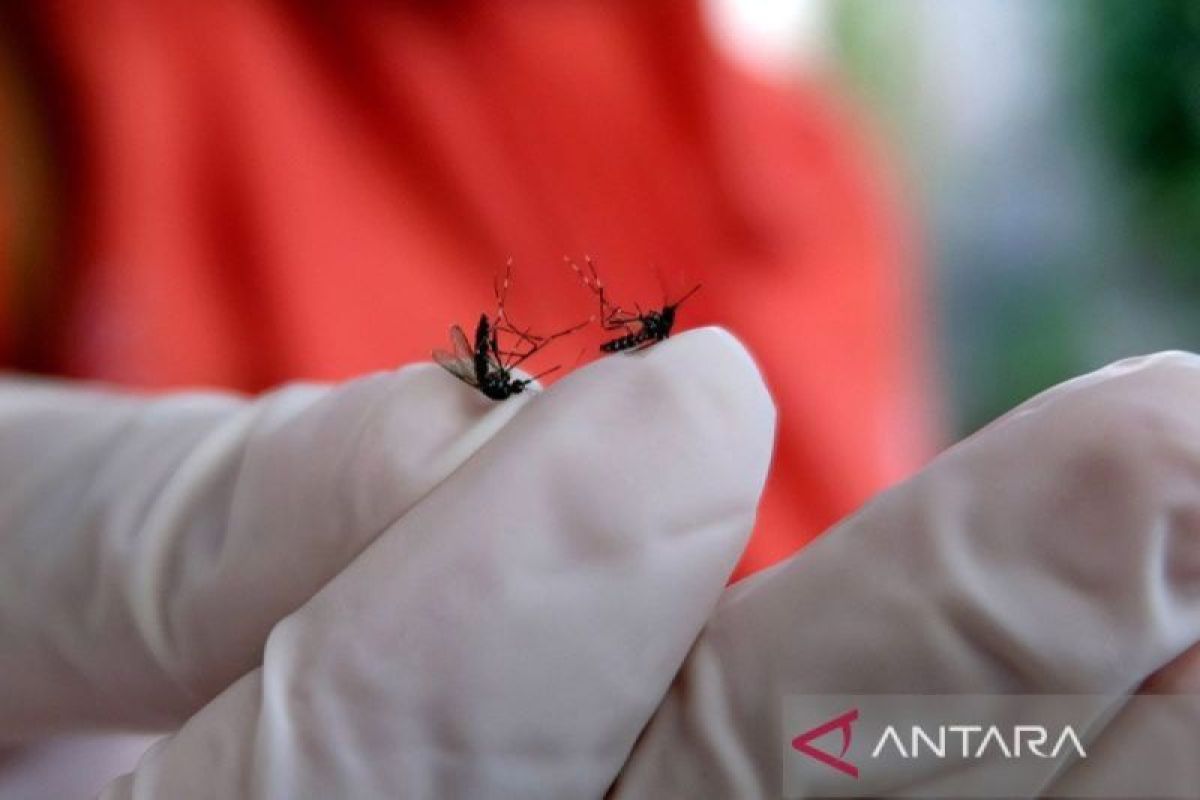Dengue fever, also known as DBD, is a mosquito-borne viral infection that has become a major health concern in Indonesia. The two main culprits responsible for spreading this disease are the Aedes aegypti and Aedes albopictus mosquitoes. While both species are capable of transmitting the dengue virus, there are some key differences between them that are important to understand in order to effectively combat the spread of the disease.
Aedes aegypti, also known as the yellow fever mosquito, is the primary vector for transmitting the dengue virus in urban areas. This mosquito species is well adapted to living in close proximity to humans and is commonly found breeding in artificial water containers such as flower pots, discarded tires, and water storage tanks. Aedes aegypti is easily identifiable by its distinctive black and white striped legs and body.
On the other hand, Aedes albopictus, also known as the Asian tiger mosquito, is a more versatile species that is capable of adapting to a wider range of habitats. While Aedes albopictus is not as efficient at transmitting the dengue virus as Aedes aegypti, it can still pose a significant threat in areas where the two species overlap. Aedes albopictus is characterized by its black and white striped body and legs, similar to Aedes aegypti.
Despite their differences, both Aedes aegypti and Aedes albopictus are capable of transmitting the dengue virus to humans through their bites. The symptoms of dengue fever include high fever, severe headache, joint and muscle pain, and in severe cases, bleeding and shock. In order to prevent the spread of dengue fever, it is crucial to eliminate mosquito breeding sites, use insect repellent, and wear long-sleeved clothing to protect against mosquito bites.
In conclusion, understanding the differences between Aedes aegypti and Aedes albopictus is essential in the fight against dengue fever. By taking proactive measures to control mosquito populations and protect ourselves from mosquito bites, we can reduce the risk of contracting this debilitating disease. Let us all work together to create a safer and healthier environment for ourselves and future generations.
